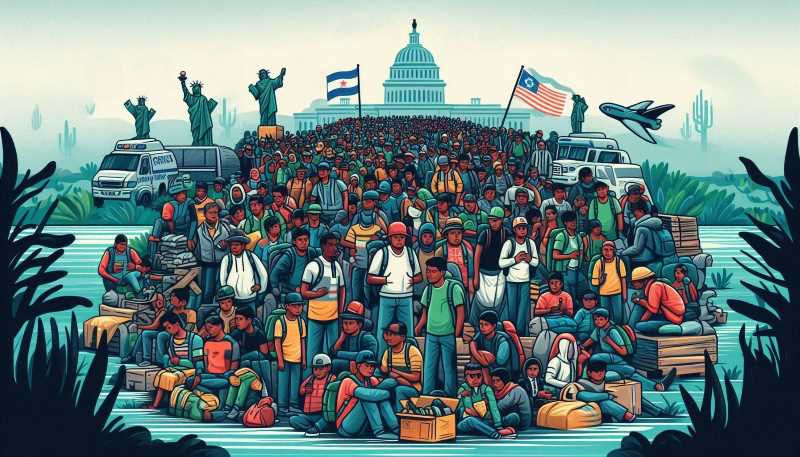Rise in Family Migration from Mexico to the US
Mexican migration to the U.S. is surging, with entire families now predominating over single adults. This shift, driven by pandemic impacts and organized crime, saw family migrants rise from 1,000 in 2017 to nearly 40,000 in late 2023. Other nationalities also show significant increases.

Mexican mobility to the United States presents a dominant rebound above migrants of other nationalities and the “accelerated expansion of new flows” such as entire families, highlighted the researcher of the UNAM University Development Studies Program, Tonatiuh Guillén López. By participating in the cycle “You have a C.I.T.A. Science, Innovation, Technology, Academia in the C3 with the Mexican Academy of Sciences”, he explained:
This is a dramatic exodus “that we did not have” due, among other factors, to the impact of the pandemic situation, but also due to elements such as the violence carried out by members of organized crime in their places of origin, which has had an impact on a deterioration of the rule of law. The mobility of Mexicans as a family surpassed other modalities such as that of single adults, said the also former president of El Colegio de la Frontera Norte.




